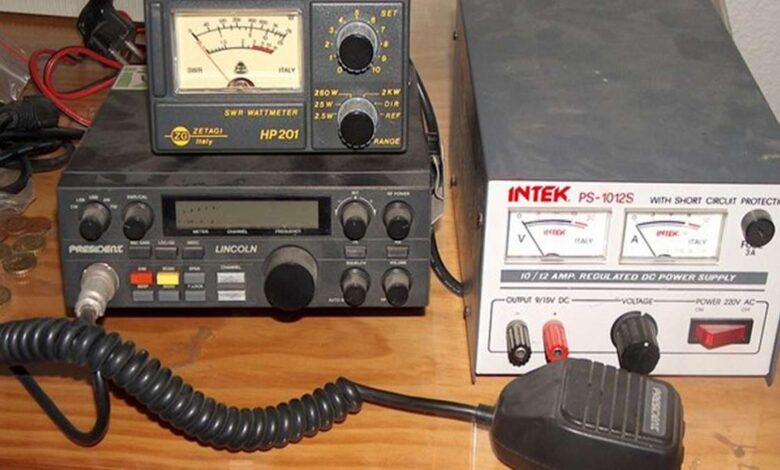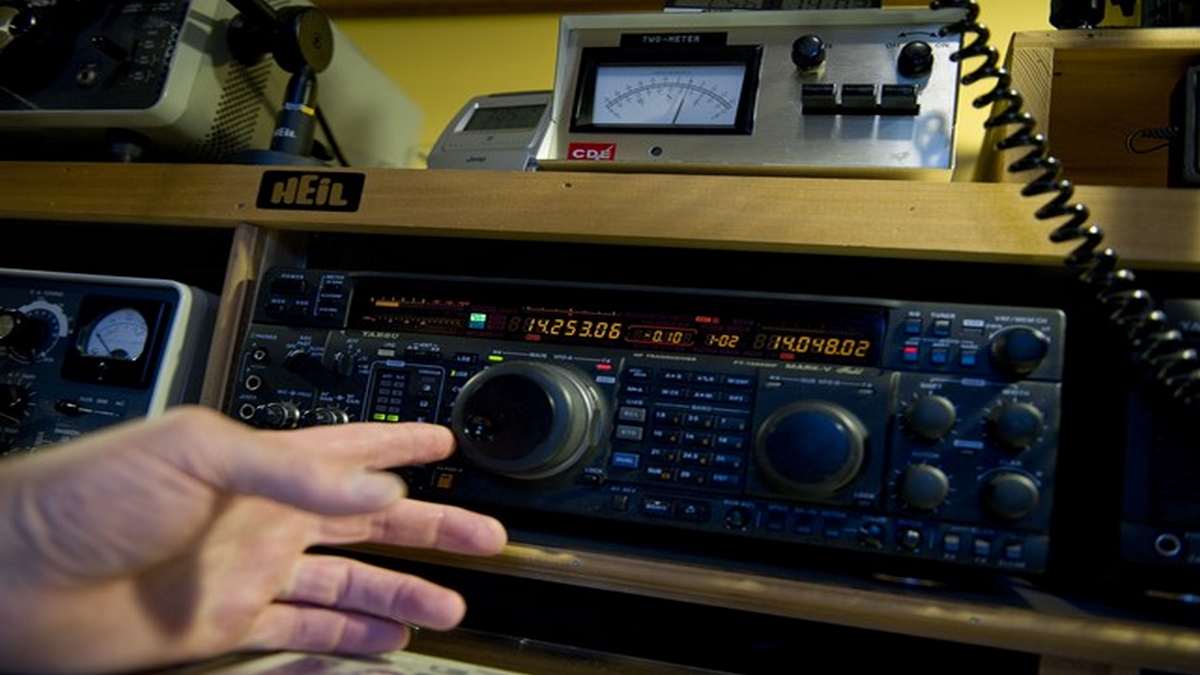Why Can Ham Radio Be a Cool Hobby?

Radio is a great medium, yet many forecast its demise with the advent of digital communications. It remains a strong and popular broadcast medium and one of many benefits. Away from the radio in your car, there’s a different type of radio, one that was also said to be dying yet is growing in popularity. We’re talking about ham radio or amateur radio as it is often known. What is it, and why is it still relevant?
If you look at this review of the best mobile ham radios, you’ll get an idea of how such a communication medium can be used. You can check out Walcott’s online CB radio shop for wide options of CB and ham radios.
What is Ham Radio?
There is no doubt that ham radio is as popular now as it was, say, thirty years ago. It is known as amateur radio because ham operators are not permitted to broadcast professionally. This is why it remains a hobby, although, in some situations, it is more than that.
Ham radio involves the transmission and reception of radio to and from other ham radio users. It broadcasts on a select set of frequencies in the shortwave radio wavelengths. People use it to talk to others, simply trawl the frequencies, and see what interesting stations they may encounter.
Ham radio operators begin with a handheld set in the shape of those in the review we mentioned. Still, they usually move up to more powerful transmitters and receivers equipped with a separate antenna. This equipment is placed in a room that has gained the nickname ‘radio shack’ across the years. So, how did ham radio begin? To answer this, we need to go back to the origins of radio for a brief history lesson, particularly that of the discovery of shortwave radio.
How Ham Radio Began
Guglielmo Marconi is often credited with the invention of the radio, but as others were working in the same field, we’ll call him one of the pioneers. This he certainly was as once radio was proven as a communication tool, Marconi set up a company in the UK dedicated to research and development in the area of radio.
One of the major problems with early radio was its limited range. The first radio transmissions were especially limited as the receiver had to be in the line of sight of the transmitter. This meant very large antennas were required if transmissions were made across more than a few miles.
In the early part of the 20th century, however, Marconi and his team made a startling discovery when researching the use of shortwave wavelengths. They discovered that if shortwave radio broadcasts were angled upwards, they ‘bounced’ back to earth off the ionosphere. This is a highly charged layer of the earth’s atmosphere that will not let the shortwave radio waves through.
They realized that by bouncing this repeatedly at an angle, they could use a stream of relays to create a worldwide transmission network, and it is at this point, radio becomes a commercial hot property. Finally, radio broadcasts could be sent to the other side of the world.
What has this to do with ham radio? While shortwave has largely – although not completely – been eclipsed in commercial radio broadcasts by FM, for example, it remains in use by the military, aircraft companies, shipping, emergency services, and ham radio enthusiasts. So, what is ham used for?

What is Ham Radio Used for?
It’s fair to say that ham radio is mainly used by enthusiasts who simply enjoy talking to others using their sets. Building up a circle of friends via ham radio can be great fun, and many use it for this purpose. Yet there are other uses, some beneficial and positive, and others with a dark side.
Ham radio comes into its own in emergencies where the local power system has been knocked out. This occurs in storms in hurricane areas, for example, or after natural disasters such as earthquakes and tsunamis. It can also happen in war zones. In these situations, it is often the case that the internet and regular radio cannot be accessed. Ham operators have been known to play a great part in coordinating with emergency services in such situations. Also, it is used by persons who are working in extremely remote locations where there is no internet or smartphone access.
One of the most sinister uses is that it is used to communicate with spy networks. A typical example of this is the ‘numbers stations.’ These are a great fascination to ham users, and many are enthusiasts who search for and follow them. They consist of broadcasts, usually at a regular time, in which a voice simply reads out a series of numbers. While not completely proven, it is believed that one of the more famous of these – known as ‘The Lincolnshire Poacher – was operated until quite recently by the British Secret Service to get information to agents in the field.
So, if you want to go in search of sinister transmissions or simply talk to other operators, how do you go about it?
Who can Be a Ham Radio Operator?
Anyone can become a ham radio operator. You need to begin with a handheld ham radio unit like one of those in our review above and a license to operate a ham radio. The license comes in three stages, the first of which – and you’ll need it to begin your ham radio hobby – is the ‘Technician Class.’ This allows you to operate in certain bandwidths and can be obtained by sitting a multiple-choice exam in which you prove your prowess in understanding how ham radio works and the rules and regulations.
Once you have that basic language, you are issued with your call sign. Only persons who have passed the exam are given a call sign, and only those with a call sign are permitted to operate as a ham radio enthusiast. You can then sit two further, more complex exams, which will open up the airwaves for you, but for many enthusiasts, the basic exam is enough to enjoy what can be a very cool and fascinating hobby. Why not check out the exams now and start learning what you need to know and very soon, you could be a ham radio operator and possibly help people in an emergency.